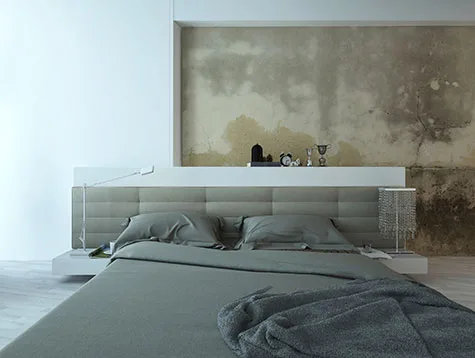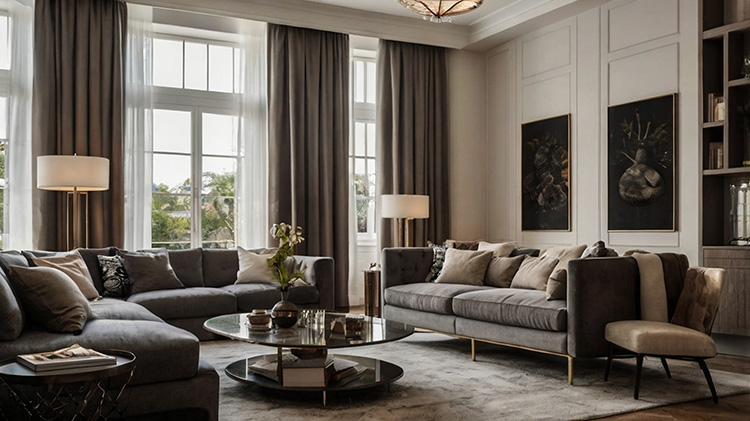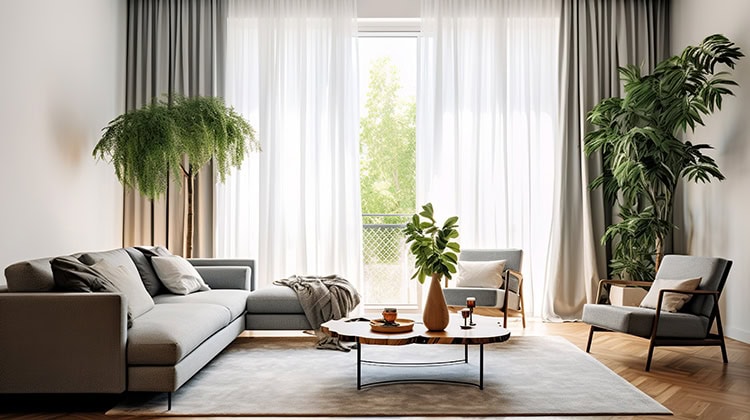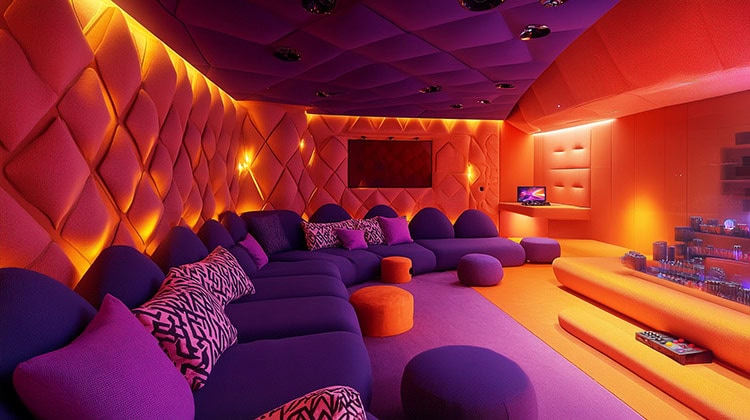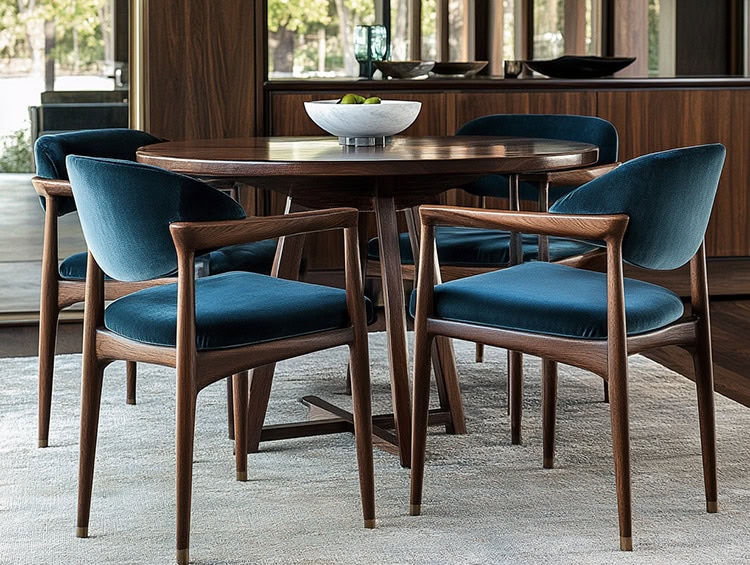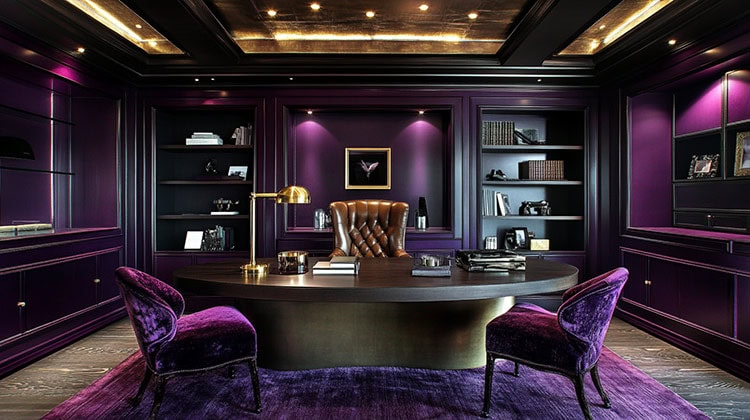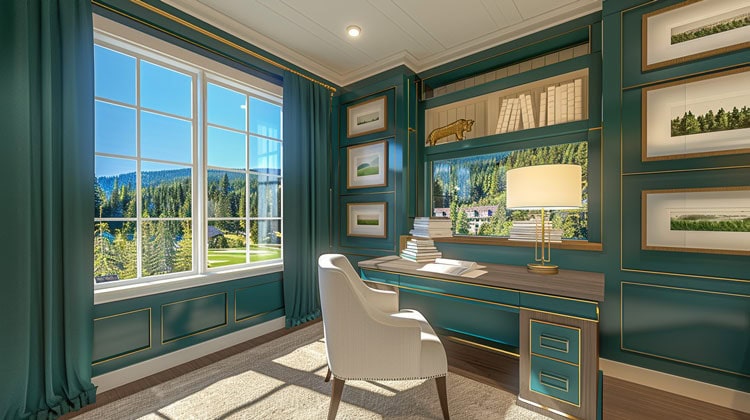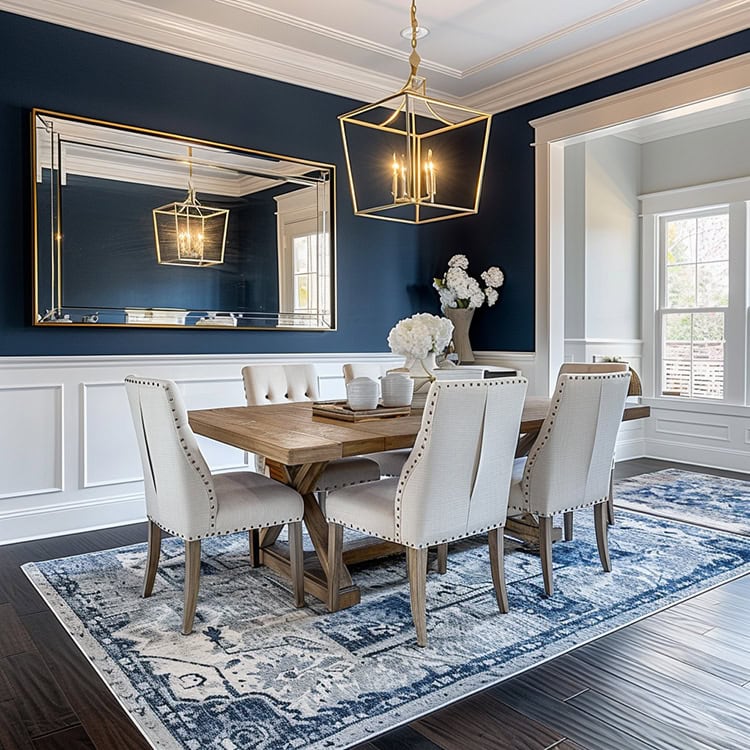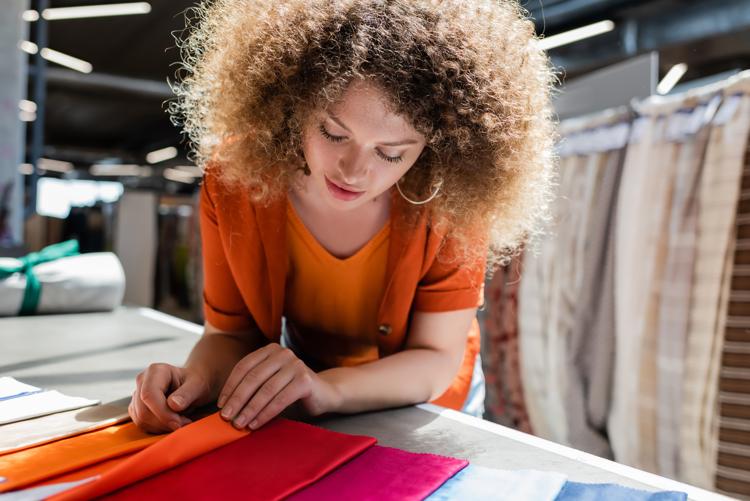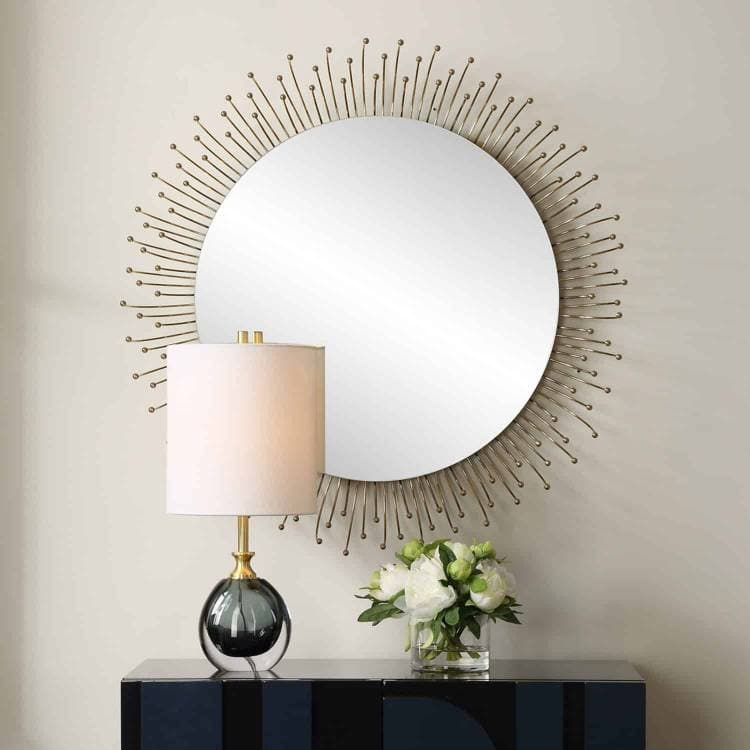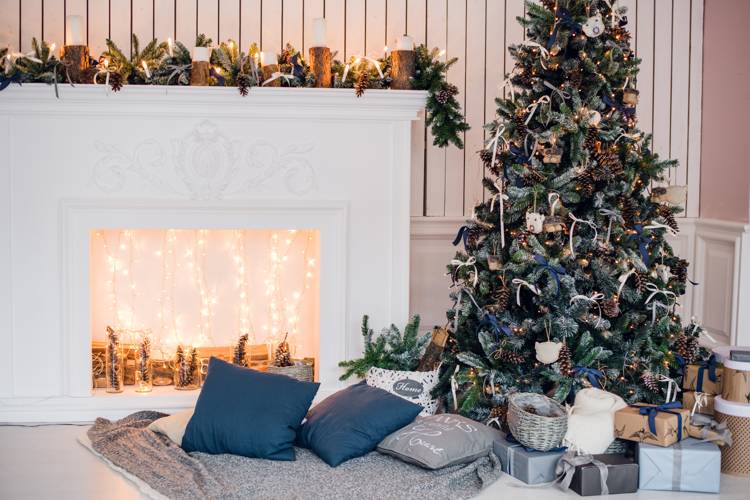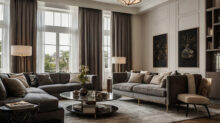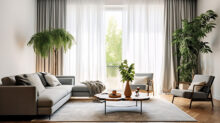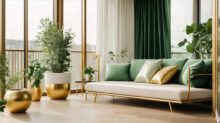At one time, industrial wasn’t even an interior design style, but that’s no longer the case. What was once found only in buildings, such as warehouses or factories, can now be found in an abundance of homes. Stripped down to its barest components, industrial style is just as beautiful as it is confident.
But what does industrial design style really mean?
Oftentimes, people associate industrial design style with urban living (think lofts that feature oversized windows, raw wood, and exposed brick). Understandably so, as that’s how it’s often portrayed in television shows or the movies. In real life, however, industrial style is quickly gaining popularity, spanning far past urban environments and into modern dwellings everywhere.
Elements of Industrial Design Style
Some simplistic elements that are trademarks of Industrial design style:
- Reclaimed wood
- Stainless steel
- Steel beams and/or columns
- Factory-style lighting
- Exposed concrete, bricks, etc.
- Salvaged and recycled materials for furniture and fabrics
- Clutter-free
- Interesting furniture
Interior
Industrial interiors are best described as raw, rather than decorative. Raw finishes, as well as exposed materials and mechanics, are at the core of this design style, making it something special. Layouts are often open and minimalistic. Floors are bare and often made of concrete. Windows tend to be naked, covered in film, or a frosted treatment if privacy is an issue. Accents are often matted rather than shiny and artwork consists of old road signs, sculptures, and giant abstract works. One might think that exposed materials, minimal furnishings and lack of finishes are cold, but those who truly love this style, know differently. This simplistic style has a unique aesthetic that can actually be cozy, warm, and worth celebrating.
Furnishings
Since the industrial look mostly mimics modern style, spaces will contain furniture made of clean lines. A few curves are okay, but industrial style relies heavily on sharp angles. New pieces are frequently mixed with reclaimed ones. Repurposing is central to this style, so it’s natural to see things like wooden crate tables or shelving made from worn ladders.
Furnishings both big (think tables and bookcases) and small (Edison bulbs and metal bar stools) can make a statement in an industrial space. Furnishings such as these are also easy to incorporate into other design styles.
Metallics are also integral to mastering industrial design, however, they are far from glitzy or glam. Rather than high-shine metals such as chrome or polished brass, finishes are often matte or burnished. Softening the metallic sheen is what will keep the space feeling and looking more authentic.
When it comes to accessories, opt for industrial motifs such as gears, globes, armillary, and any other decorative pieces that have industrial finishes.
Colors
An industrial color palette typically consists of earth tones, such as gray, brown, and white, which are showcased through various materials. Shades of gray, tan, and ivory closely reflect the colors of metal, wood, and white-washed spaces. Bold colors aren’t often found in typical industrial style spaces, but when they are, they are done so in a way that won’t take away from the raw beauty that surrounds them. For a more traditional look, opt for a deep shade of chocolate or mahogany. If modern is more your thing, try tones of camel, copper, or cream.
Textures and Patterns
Texture will depend on the elements within the space. In most cases, unless there is exposed brick or raw wood, textures will be smooth due to the abundance of steel. When it comes to patterns, you won’t see much within industrial spaces. Fabrics are often solid with the occasional pattern displayed on throw pillows.
Incredibly Versatile Industrial
While the industrial design style can stand entirely on its own, it’s also incredibly versatile, making it easy to blend industrial elements with nearly any other design style. Rustic, transitional, bohemian, and traditional spaces can all benefit from industrial furnishings scattered throughout.
When trying to get the look just right, consider these tips:
- In the living room, consider a traditional linen or leather sofa paired with a wood-and-metal coffee table for the perfect blend of hard and soft.
- In the dining room pair industrial-chic chairs with a robust wooden table with matte metal legs for an entertaining space that wows.
- In the bedroom, aim for serene, but incorporate some rougher touches such as a metal pipe bed or distressed wood-and-metal dresser.
- For the home office, you can’t go wrong with a wood and metal desk that’s finished off with an industrial-themed chair.
When the time comes to create an industrial interior, let us help. Visit CUTTING CORNERS a quick trip from McKinney , TX to browse through fabric and accessories that can really elevate your industrial space. We have great deals on discount designer fabrics that can be used in all of your home interior projects.

